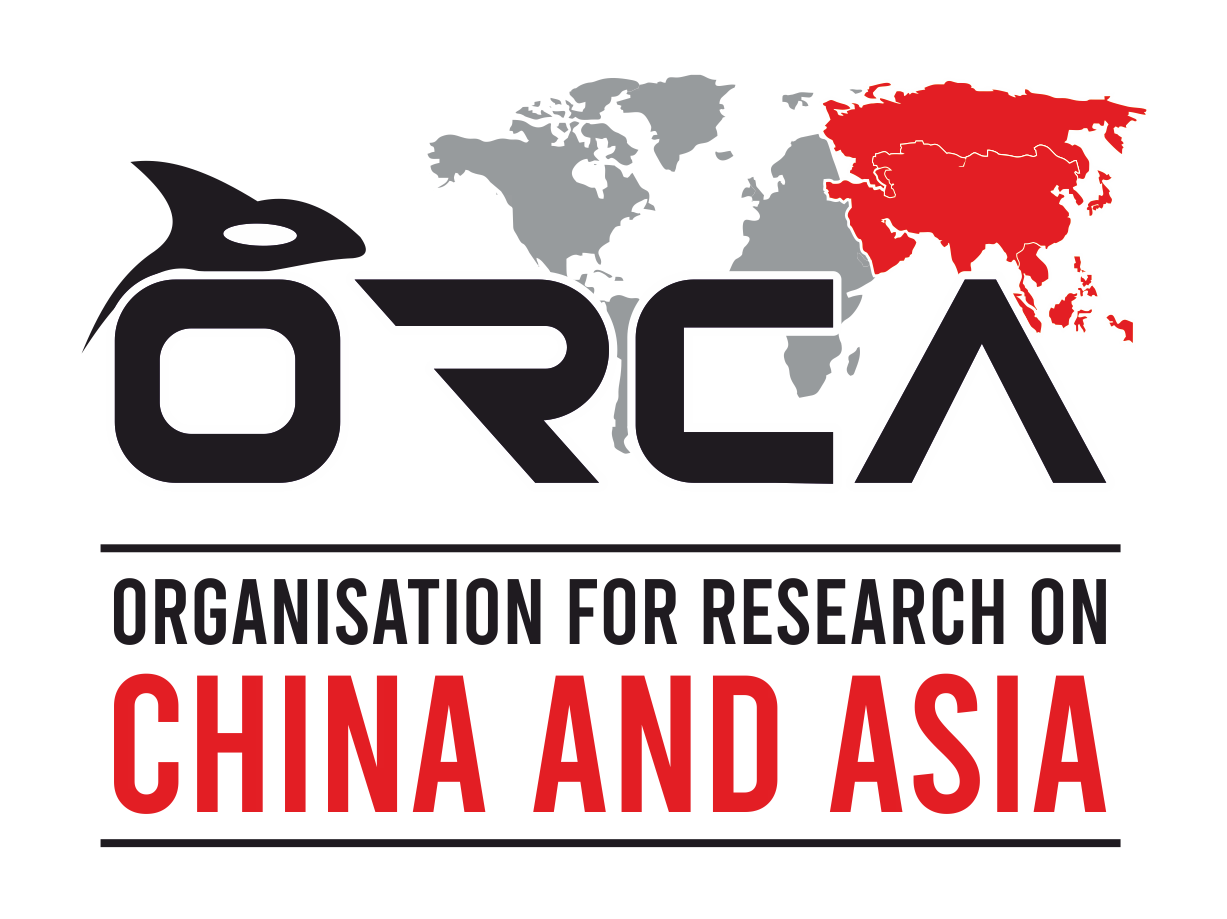NEWS IN CHINA
- China’s Machinery Industry Records Steady Growth Driven by Clean Energy Equipment: China’s machinery industry sustained stable growth in the first seven months of 2025, with key sectors showing robust year-on-year expansion. According to the latest data, the general equipment manufacturing industry rose by 8.3%, automobile manufacturing by 10.9%, and electrical machinery and equipment manufacturing by 11.9%. These gains reflect the resilience of China’s industrial base despite a challenging global economic environment. A major driving force behind this growth is clean energy equipment. From January to July, China’s cumulative solar cell production surpassed 470 million kilowatts, marking a sharp 19.6% increase compared to last year. At the same time, Chinese wind turbines were exported to 108 countries and regions, with export values continuing to climb, reinforcing China’s leading role in the global renewable energy supply chain. Analysts note that the strong performance of the machinery sector aligns with Beijing’s dual goals of economic stability and green transformation. By leveraging advanced manufacturing and expanding clean energy exports, China is positioning its machinery industry as both a domestic growth engine and an international market leader.
- China Steps Up Measures to Boost Domestic Consumption: China is intensifying efforts to stimulate domestic consumption with a mix of fiscal, tax, and financial measures, as highlighted at a State Council meeting chaired by Premier Li Qiang on Friday. A key focus remains the consumer goods trade-in program, designed to replace old products with new, more efficient models. According to the Ministry of Commerce, the program has already driven purchases of over 109 million home appliances, 74 million digital devices, and nearly 9.06 million electric bicycles, benefiting more than 66 million consumers. To support this initiative, the National Development and Reform Commission confirmed that the fourth and final batch of ultra-long-term special treasury bonds worth 69 billion yuan will be allocated in October, completing this year’s 300 billion yuan issuance. Analysts, however, caution that the effectiveness of durable goods trade-ins may decline over time, urging policymakers to extend incentives to the services sector. Alongside goods consumption, the State Council also emphasized boosting sports-related spending by expanding sporting events, supporting businesses, and introducing subsidized loans for service-sector firms, including sports enterprises, to spur consumer demand.
- PBOC Injects 600 Billion Yuan Through MLF to Maintain Liquidity: The People’s Bank of China (PBOC) will conduct a 600 billion yuan one-year Medium-Term Lending Facility (MLF) operation on August 25 to ensure sufficient liquidity in the financial system. The operation will be carried out through fixed-amount, interest-rate bidding, and multiple-price-level bidding mechanisms. With 300 billion yuan of MLF maturing this month, the move results in a net injection of 300 billion yuan for August. This marks the sixth consecutive month of expanded MLF issuance, aligning with market expectations of sustained liquidity support. The MLF serves as a crucial monetary policy tool, providing medium-term funds to financial institutions while influencing their financing costs and lending behavior. By adjusting the MLF rate, the central bank aims to guide banks toward offering lower-cost credit to businesses, thereby supporting the real economy and reducing overall financing costs. This decision is a proactive step to balance growth and stability, particularly as China continues efforts to bolster domestic demand and counter external economic pressures.
- China Issues First Mandatory National Standard on Hazardous Substances in Electronics: China has released its first mandatory national standard to regulate hazardous substances in electrical and electronic products, marking a major step toward green industrial development and consumer safety. The standard, titled “Restriction of the Use of Hazardous Substances in Electrical and Electronic Products” (GB 26572-2025), was approved by the Standardization Administration of China and will take effect on August 1, 2027. Proposed by the Ministry of Industry and Information Technology, the standard was developed by the China Electronics Technology Standardization Institute (CESI) with contributions from over 60 industry stakeholders, including manufacturers, certification bodies, and research institutes. It strictly limits 10 hazardous chemicals four heavy metals (lead, mercury, cadmium, and hexavalent chromium) and six persistent organic pollutants such as PBBs, PBDEs, and phthalates setting binding content requirements. The regulation also mandates RoHS labeling, disclosure of hazardous substance data, and traceability through technical documentation. To enhance transparency, it encourages digital tools like QR codes and electronic displays for product labeling. Aligning with global standards, the initiative strengthens China’s green supply chains, supports international trade, and reinforces consumer and environmental protection.
- Yangshan Port Launches Joint Management Center to Enhance Maritime Safety: The Yangshan Port Maritime Safety Administration has officially inaugurated a “Commercial and Fishing Vessel Joint Management Center” in Shengsi County, Zhejiang, to strengthen maritime safety during the peak fishing season. Located near Shanghai’s Yangshan Deepwater Port, the center addresses the long-standing challenge of heavy maritime traffic, where thousands of fishing boats overlap with dense flows of international cargo ships, raising the risk of collisions. The center represents an institutional upgrade from earlier ad-hoc joint patrols, establishing fixed mechanisms for joint command, law enforcement, emergency response, and information sharing. It was developed in cooperation with the Dayangshan Coast Guard, the Yangshan Town Fisheries Office, and the Shengsi Fisheries Administration. Authorities emphasized that this model of “land-sea integration” enhances efficiency by enabling immediate analysis and synchronized responses to emergencies. Key measures include targeted patrols in high-risk zones, removal of illegal fishing nets obstructing waterways, early warning systems for weather and ship movements, and crew training to boost safety awareness. Future plans involve adopting smart maritime technologies to improve precision supervision and safeguard both shipping operations and fishermen’s livelihoods.
SOCIAL MEDIA CHATTER
The “Lu Xun Vest” and the Politics of Literary Memory in China: A cultural phenomenon has recently gained traction on Chinese social media, with the “Lu Xun-style wool vest” trending on Weibo. Officially launched as the Lu Xun Series - Great Master’s Wool Vest by Renwenzhibao, a cultural and creative brand under the People’s Literature Publishing House, the product has been humorously described by netizens as the “battle armor of a literary giant.” The surge of memes, parody sketches, and nostalgic reflections surrounding the vest has propelled it into Weibo’s list of top searches. The response from Chairman of the Lu Xun Cultural Foundation highlights the ambivalence of this trend. They welcomed such creative products as a means of fostering connections between contemporary society and enduring cultural icons, thus contributing to the popularization of traditional literature. At the same time, he expressed concern over distorted or excessive parodic uses of Lu Xun’s image, which he noted caused discomfort to the family. The debate illustrates the dual dynamics of commodification and cultural reverence in China’s literary sphere. On the one hand, the vest reflects how cultural heritage is repackaged to resonate with younger audiences in an era of consumer-driven identity formation. On the other hand, it highlights the risks of trivialization when national icons, particularly figures such as Lu Xun, whose writings remain central to the Chinese school curriculum and intellectual canon are reimagined as lifestyle or fashion products. Nearly ninety years after his passing, Lu Xun continues to occupy a unique position in China’s cultural memory.
INDIA WATCH
Guancha reports on India Drawing “Red Lines” in Trade Talks: Chinese news outlet Guancha commented on Indian Foreign Minister Subrahmanyam Jaishankar’s firm stance in ongoing trade negotiations with the United States, stressing that India will not compromise on protecting farmers and small producers. Speaking at an Economic Times forum on August 23, he underlined that while talks continue, “red lines” exist, especially concerning agriculture and dairy sectors Washington has long pressed New Delhi to open. Guancha media highlighted Jaishankar’s tone, noting that his remarks reflect India’s unwillingness to bow to US tariff pressure. It emphasized India’s frustration over Washington’s contradictory stance on Russian oil, as it was the US itself that urged India to stabilize global markets by purchasing discounted crude. Yet, the US has since slapped tariffs of up to 50% on Indian goods, partly citing these imports. The article comments that the dispute highlights a larger principle, India’s trade policy cannot be dictated by external powers, even major partners like the US. The author states that if the tariffs take full effect this week, India’s growth could fall by 0.8 percentage points, but policymakers appear determined to prioritize sovereignty over short-term relief.


Prepared By
Lipun Kumar Sanbad
Lipun Kumar Sanbad, a postgraduate student of Politics and International Relations from Pondicherry University and a History and Political science graduate from University of Delhi. From the past three years working as a freelance researcher in the domain of global peace, conflict and security studies, and defence studies.